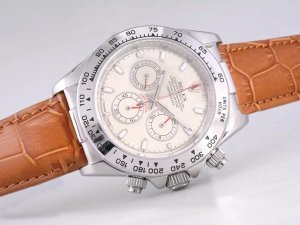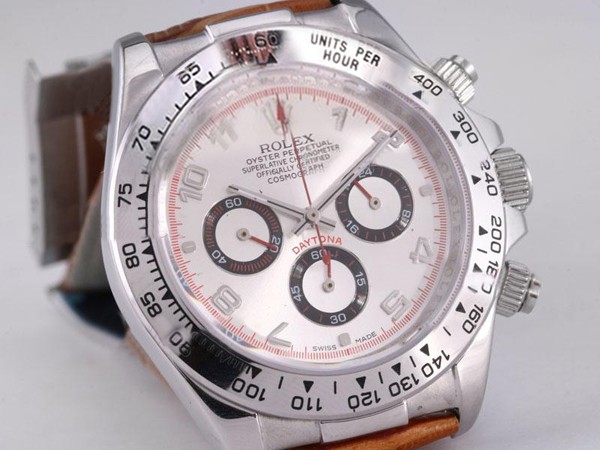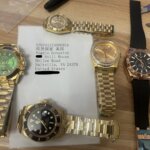Get to Know Evolution of the Automatic Rolex Daytona
While the vintage manual-wound Rolex Daytona chronographs seem to be the star of the auction and watch collection world these days, it wasn’t until Daytona became an automatic watch that it really caught the public’s attention. In the past, hand-wound Daytona timers have gone out of fashion because of their housing size and diameter, which is only 37.5 mm. In the late 1980s, Rolex finally modernized their flagship chronograph series with the release of the automatic Daytona Watch. Join us as we delve into the history and evolution of automatic Rolex Daytona to see how it started and stands today. 
Rolex released the first automatic Daytona watches in 1988. While these watches featured a similar style to the preceding manual-wound Daytona watches, these were different chronographs altogether. To begin with, they featured larger 40mm Oyster cases, which were equipped for the first time with crown guards. Just like the later models of the four-digit Daytona watches, the new five-digit ones included screw-down chronograph pushers, together with the robust Triplock winding crown.
What’s more, Rolex furnished the then-new Daytona watches with scratch-resistant sapphire crystals rather than acrylic ones. While the new dials kept the trio of registers at 3, 6, and 9 o’clock, there were some design modifications. For example, the white gold applied baton indexes now included pointed tips, the subdials featured borders instead of being completely filled in, and luminescence was applied more generously.
However, the greatest change to the Daytona collection was the use of an automatic movement. The first generation of the automatic Rolex Daytona watches ran on Caliber 4030 with a 54-hour power reserve. This is not an in-house movement but rather, one that is based on the famous Zenith El Primero chronograph movement with a column wheel and horizontal clutch.
However, the Rolex replica did heavily modify the movement to suit the needs of the Daytona including removing the date, dropping the frequency rate from 36,000bph to 28,800bph, and adding a new escapement. In total, it’s estimated that Rolex made over 200 modifications to the original Zenith El Primero caliber to create the completed Cal. 4030.
There was the stainless steel Daytona ref. 16520, the two-tone steel and gold Daytona ref. 16523, and the full 18k yellow gold Daytona ref. 16528, all fitted with Oyster bracelets. For the company’s first automatic Daytona series, Rolex has released numerous versions with different materials, bracelet options, dial options, and gemstone options.


